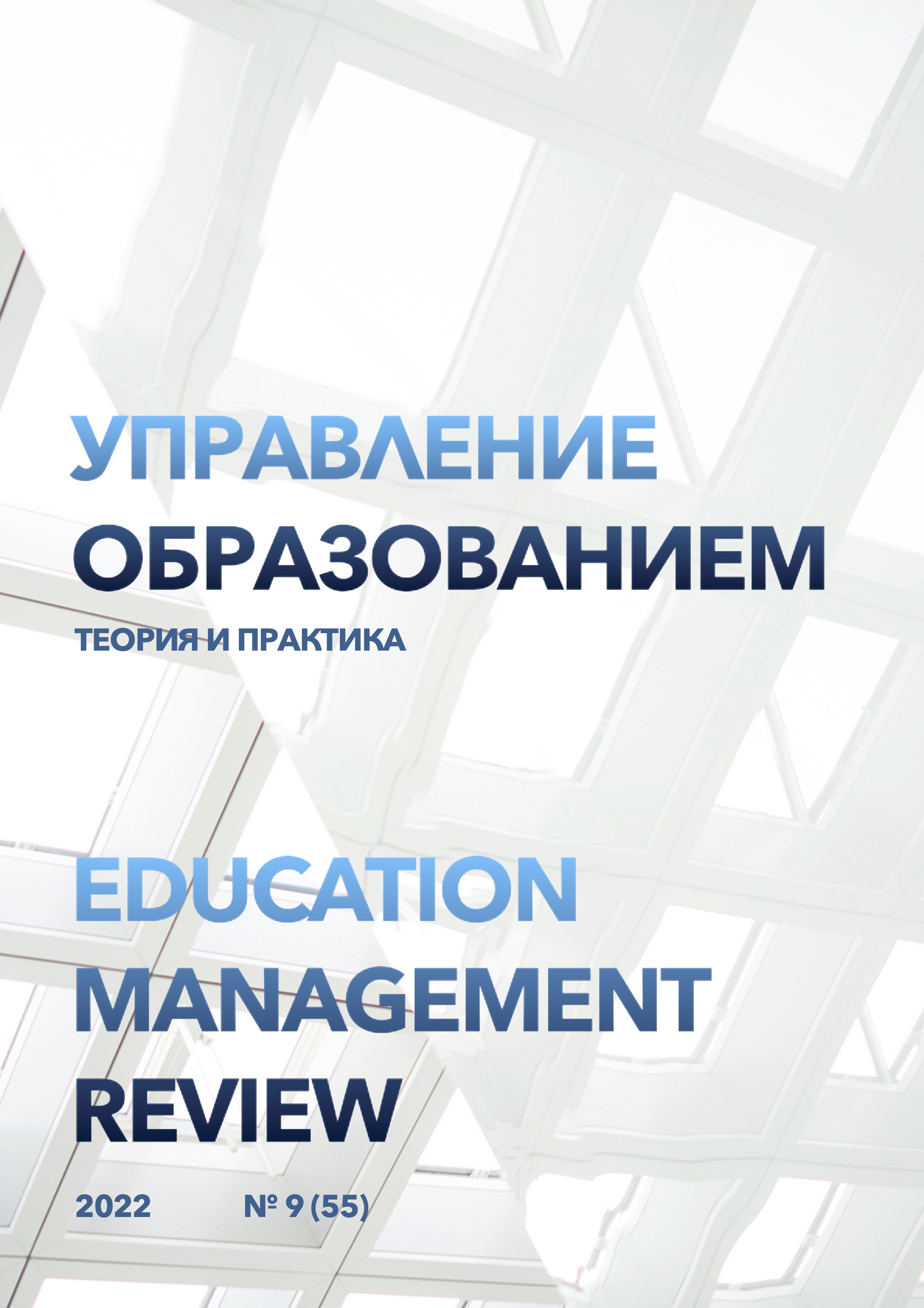Pedagogical technology of developing a compliment comparison in Russian and Chinese linguocultures
DOI:
https://doi.org/10.25726/e5375-9628-7234-mKeywords:
сhinese language, compliment, linguoculture, technology, developmentAbstract
The phenomenon of interest in politeness, both social and linguistic, has been growing over the past three decades, as evidenced by the numbers of articles appearing on this topic in international journals and monographs. Politeness is considered from the point of view of etiquette. Speech communication is considered one of the most important types of human activity. We speak only in certain speech genres, that is, all our utterances have certain and relatively standard forms of constructing the whole (we say it should not be perceived as a characteristic of oral speech only: we are talking about a rich repertoire of oral (and written) speech genres. A native speaker from childhood absorbs a variety of stereotypical forms of utterances, "gets used" to them, builds his speech, automatically "stocking up" to the requirements of a certain speech genre. And even under such conditions, psychologists and linguo-teachers sometimes state the speaker's insufficient command of the palette of speech genres, which leads to communicative failures. Therefore, scientists pay attention to the importance of this aspect in teaching Russian and Chinese.
References
Бабенко Л.Г. Взаимодействие лексики и грамматики под парадигматическим углом зрения // Русская глагольная лексика: пересекаемость парадигм. Екатеринбург: Изд-во Урал. ун-та, 1997. С. 18-29.
Буракова О.М. Методика лингвистического описания концепта через построение семантического поля. // ВЕСНИК МДПУ. 2007. №2-3. 2007. С. 84-89.
Китайский толковый словарь. https://www.zdic.net/hans/%E9%BC%A0
Ли Сюэ. Концепт «свобода» в русской и китайской лингвокультурах // Личность в природе и обществе: материалы межвузовских психолого-педагогических чтений. М.: Российский университет дружбы народов, 2015. С. 113-117.
Ли Цианьхуа, Смирнов И.Б. Концепт «счастье» в китайских пословицах и поговорках // Вестник Ленинградского государственного университета имени А.С. Пушкина. Серия Филология. 2013. № 3. С. 175—185.
Ляшенко Н.А., Кузнецова Е.С. К вопросу о средствах репрезентации концепта «свобода» в системе современного английского языка // Гуманитарные и социальные науки. 2020. № 1. С. 133-142.
Пименова М.В. Типы концептов и этапы концептуального исследования // Вестник Кемеровского государственного университета. 2013. Т. 2. №2 (54). С. 127-131.
Фу Сяося. Тайна и символика китайского благопожелательного рисунка // Вестник Челябинского государственного университета. Серия: Философия. Социология. Культурология. 2010. № 16 (197). Вып. 17. С. 83-90.
Хасанова Ф.М. Становление и формирование китайского языка байхуа как основа современного китайского языка //Восточный факел. 2022. С.73-82.
Химик В. В. Язык современной молодежи // Современная русская речь: состояние и функционирование. СПб.: СПбГУ, 2004. С. 7-66.
Хэ Цзыжань, Чэнь Синьжэнь. Современная прагматика. Пекин: Изд-во преподавания и исследования иностранных языков, 2002. 285 с.




